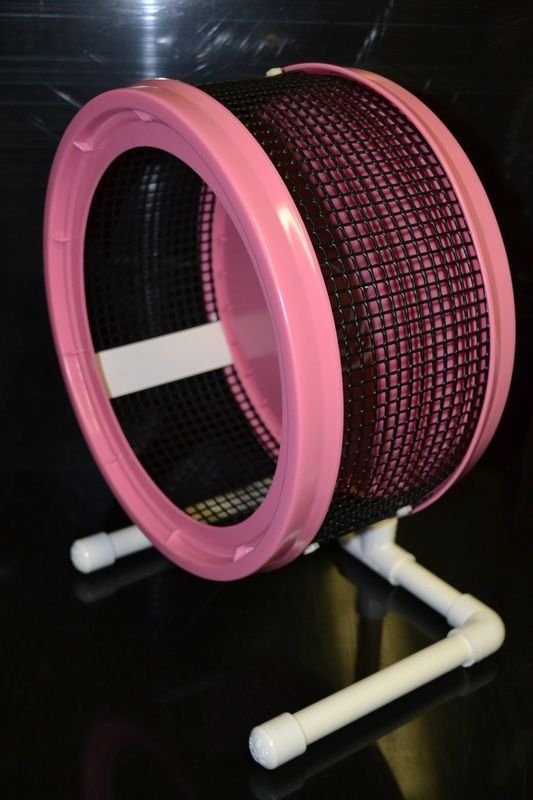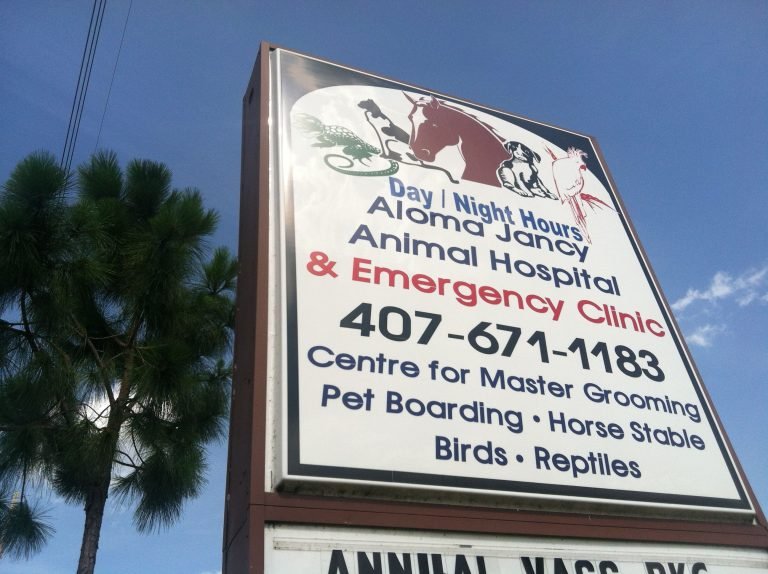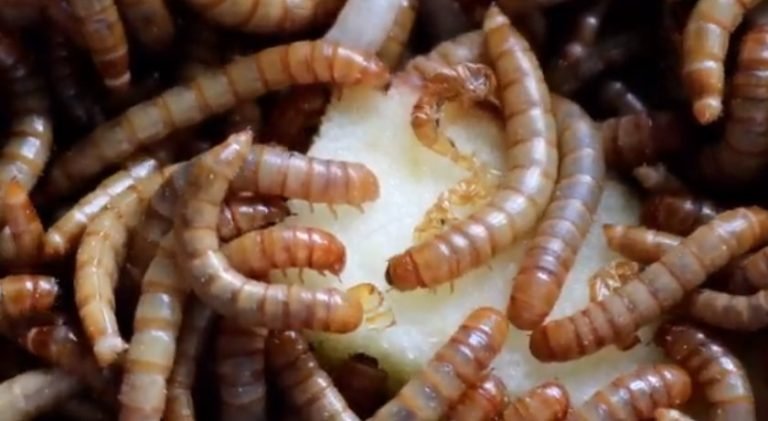Why Does My Sugar Glider Have A Bald Spot
Why Does My Sugar Glider Have a Bald Spot?
If you have a sugar glider as a pet, you might be concerned if you notice it developing a bald spot. Sugar gliders are known for their beautiful fur, so seeing a bald patch can be quite alarming. However, there are several reasons why your sugar glider may have a bald spot, and in this article, we will explore the possible causes and solutions.
First, let’s address the direct question: Why does my sugar glider have a bald spot? Well, there can be various reasons for this, including health issues, stress, malnutrition, parasites, or hormonal imbalances. It’s essential to identify the underlying cause so that you can take the necessary steps to resolve the issue and help your sugar glider regain its healthy coat.
1. Health Issues
One of the most common reasons for a bald spot in sugar gliders is an underlying health issue. Some health conditions that can cause hair loss in sugar gliders include bacterial or fungal infections, allergies, and hormonal disorders. It’s crucial to consult a veterinarian who specializes in exotic animals to diagnose and treat any potential health problems.
2. Stress
Sugar gliders are highly social creatures, and they can become stressed if they feel lonely or are not provided with adequate mental and physical stimulation. Stress can manifest itself in various ways, including hair loss. If your sugar glider is exhibiting signs of stress, such as excessive grooming, biting its fur, or withdrawal, it’s vital to address the underlying cause and create a stimulating and enriching environment for your pet.
3. Malnutrition
A poor diet lacking essential nutrients can also lead to hair loss in sugar gliders. These small animals require a balanced diet consisting of fruits, vegetables, protein sources, and specialized sugar glider pellets. Ensure that your sugar glider’s diet is well-rounded and nutritionally complete. You may consider consulting a veterinarian or an experienced sugar glider breeder for guidance on appropriate nutrition.
4. Parasites
Bald spots can also be caused by external parasites, such as mites or fleas, that infest your sugar glider’s fur. These parasites can cause intense itching and irritation, leading to hair loss in the affected areas. Regularly check your sugar glider for any signs of external parasites and treat them promptly with appropriate medications recommended by a veterinarian.
5. Hormonal Imbalance
Hormonal imbalances can occur in sugar gliders, especially among females, leading to hair loss. These imbalances can stem from reproductive issues or certain medical conditions. If you suspect a hormonal imbalance, it’s best to consult a veterinarian who can conduct hormone tests and recommend appropriate treatment options.
Now that we have explored some of the potential causes of a bald spot in sugar gliders, let’s move on to addressing some frequently asked questions related to this topic.
Frequently Asked Questions
1: Can a bald spot in my sugar glider be a sign of old age?
While age can contribute to hair loss in sugar gliders, it’s not the sole cause. It’s essential to rule out other factors, such as health issues or malnutrition, before attributing hair loss solely to aging.
2: Is it normal for my sugar glider to lose fur during seasonal changes?
Yes, some sugar gliders may experience a molt during seasonal changes, leading to temporary hair loss. However, if the hair loss is excessive or prolonged, it’s best to consult a veterinarian.
3: Can I use over-the-counter medications to treat my sugar glider’s bald spot?
A: It is not recommended to use over-the-counter medications without consulting a veterinarian first. Sugar gliders have unique healthcare needs, and using the wrong products can do more harm than good.
4: Can I prevent hair loss in my sugar glider?
While not all instances of hair loss can be prevented, providing your sugar glider with a balanced diet, a stimulating environment, regular veterinary care, and good hygiene practices can help minimize the risk of hair loss.
Final Thoughts
Hair loss in sugar gliders can be a worrisome issue for pet owners, but it’s essential not to panic. By understanding the potential causes and seeking proper veterinary care, you can help your sugar glider recover and regain a healthy coat. Remember, each sugar glider is unique, and finding the right solution may require a bit of trial and error. With patience and proper care, you can ensure the well-being of your beloved sugar glider and help it lead a happy, healthy, and fur-full life!






